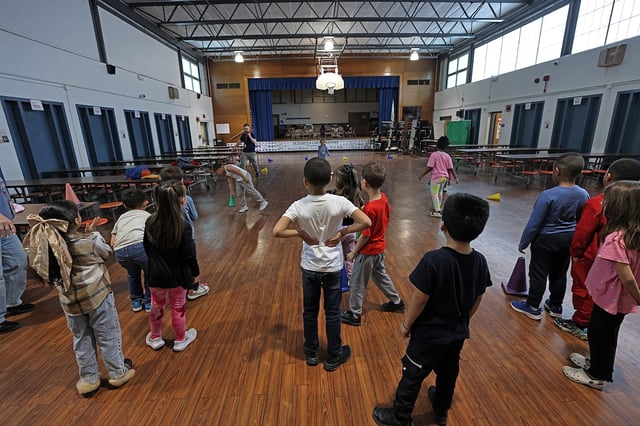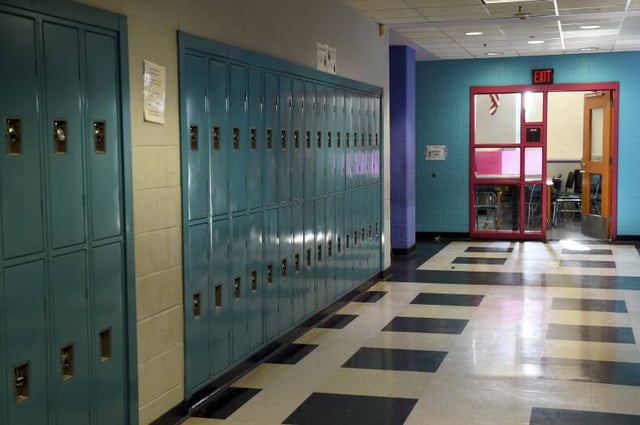Overview
- Low-income students and students of color are nearly twice as likely as white students to attend schools in poor condition, with many lacking art rooms, gyms, or libraries.
- From 2015 to 2024, suburban districts held 43% of schools yet received 57% of invitations to the MSBA Core Program, while Boston and the Gateway Cities had 32% of schools but under 19% of invitations.
- The report identifies 276 schools with severe facility deficiencies or overcrowding, about 60% located in Boston or Gateway Cities, and estimates a 50-year rebuild timeline under current patterns versus 16 years if prioritized.
- Effective MSBA reimbursements for Boston and Gateway Cities have averaged about 20 points below their official rates since 2008, compared with a 12-point shortfall for suburbs, compounded by unreimbursed costs like swing space and sharply higher construction prices.
- Authors urge more MSBA funding, policy changes to reflect urban costs, permission for combined school–community projects, and regional magnet schools; the MSBA did not immediately comment at the State House report launch.


